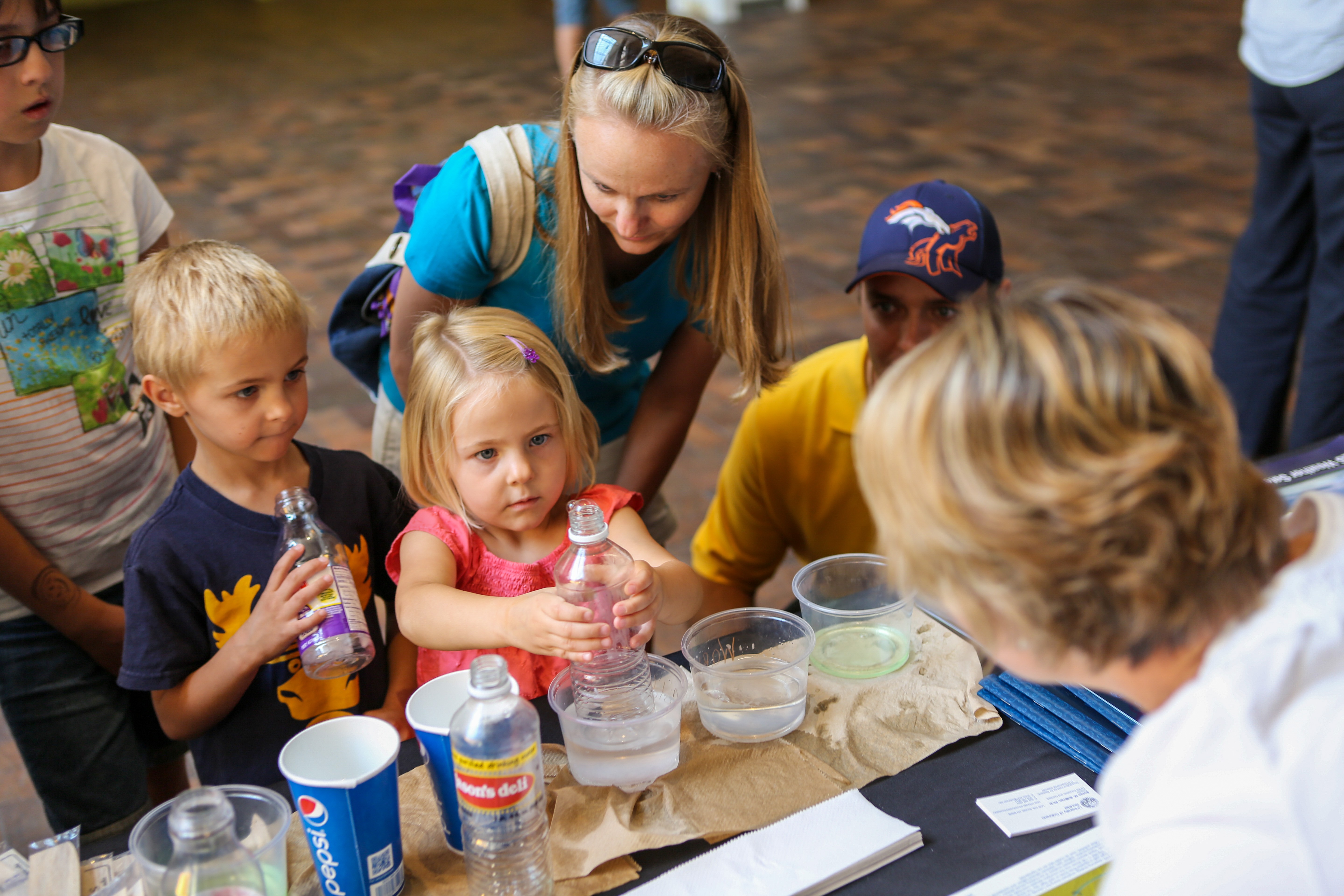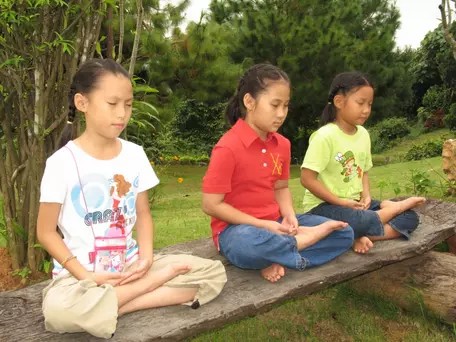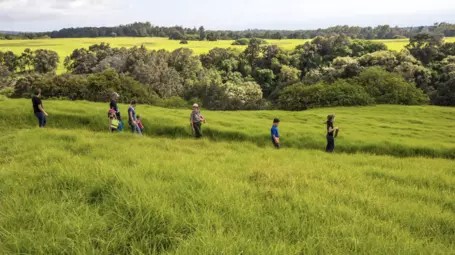 Climate Mental Health: Use Social, Emotional, Self-regulation, and Positive Coping Skills
Climate Mental Health: Use Social, Emotional, Self-regulation, and Positive Coping Skills
Climate Change topics or experiencing natural hazards that may be enhanced through climate change can cause many emotional responses in youth. Social, emotional, and positive coping practices can help to effectively manage emotions related to climate change. These practices can be used together as a class, or individually; providing youth with choice in the strategies that work best for them in navigating their emotions will be engaging and build agency.



